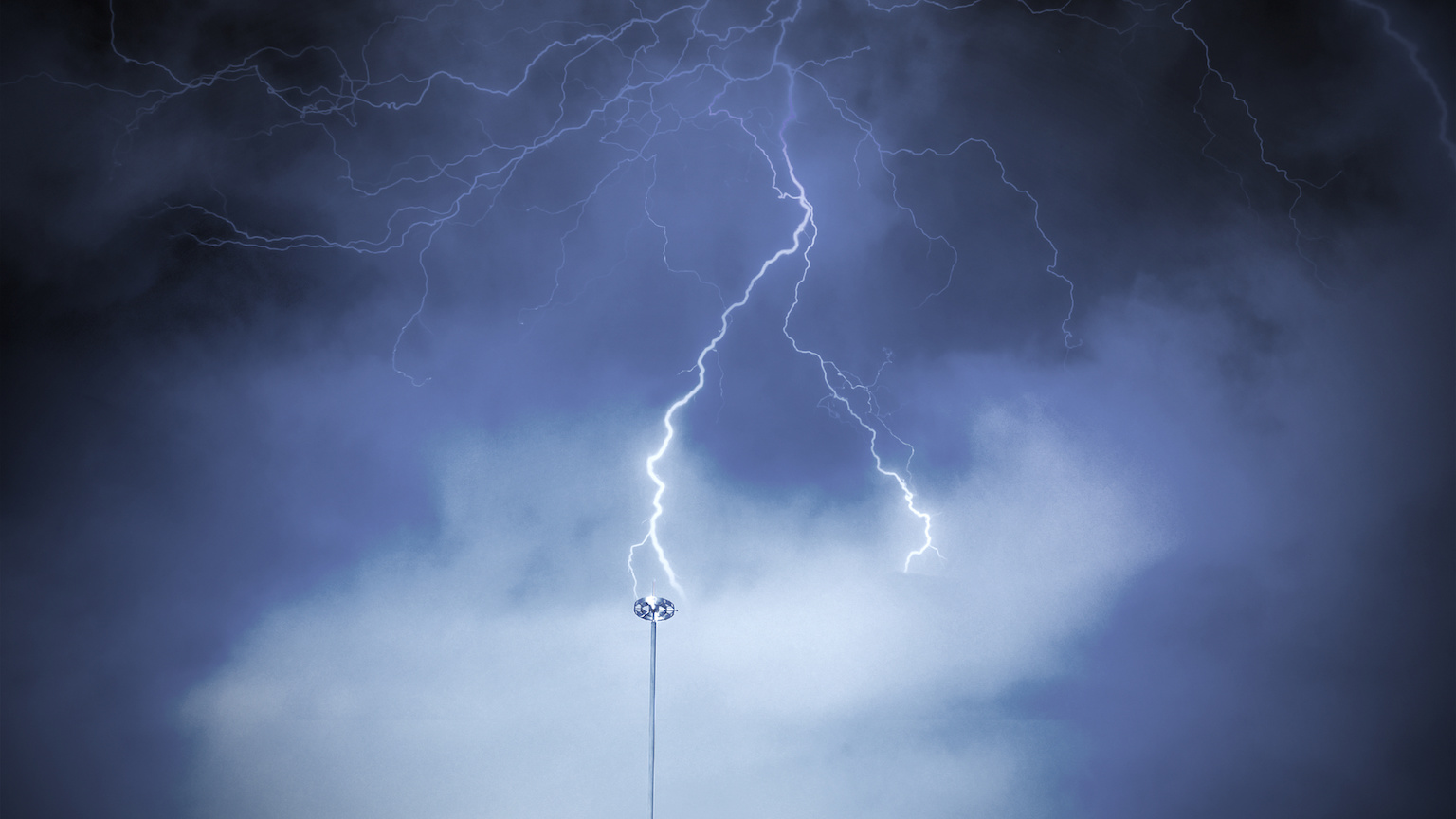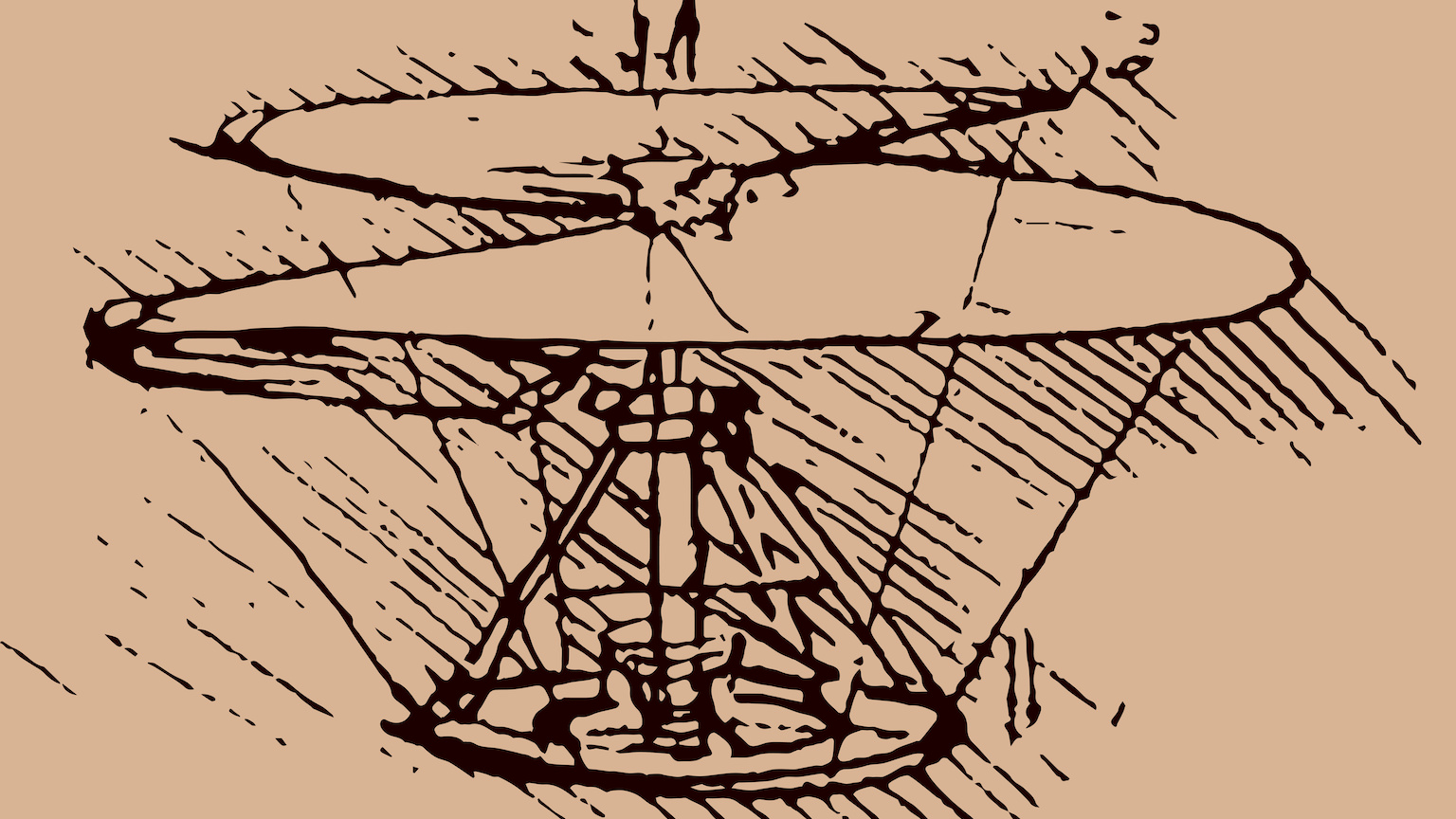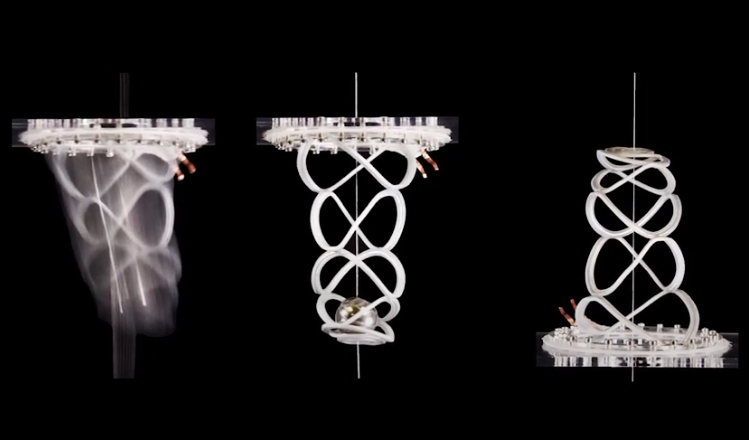Why some religious leaders denounced Benjamin Franklin’s lightning rod

- American Founding Father Benjamin Franklin was a prolific inventor, who created bifocal glasses and swimming fans, among many other things.
- His invention of the lightning rod was widely hailed as a lifesaver.
- However, some religious leaders objected that Franklin was attempting to interfere with one of God’s most effective methods of punishing sinners.
American Founding Father and polymath Benjamin Franklin invented a variety of useful things: a new stove for heating, rudimentary swimming fins, a better urinary catheter, a glass musical instrument called the armonica, and, of course, his signature bifocals. But all of these inventions are overshadowed by the lightning rod, then called the ‘Franklin rod’, a pointed iron pole affixed to the top of buildings in order to direct the energy from a lightning strike to the ground rather than to the structure itself. Though simple at a glance, the lightning rod entailed a seismic shift in the understanding of electricity and lightning.
In Ken Burns’ just-released documentary on Franklin, the celebrated American thinker, businessman, and statesman, biographers and historians delved deeply into Franklin’s obsessive pursuits to understand electricity and demystify lightning.
In 1747, at the age of 41, the wealthy Franklin mostly retired from his successful printing business and set about to quench his myriad curiosities, foremost of which was the nature of electricity. He quickly became engrossed in experiment, doing everything from devising a basic battery to killing a turkey with an electric shock, noting that the meat was “uncommonly tender” compared to that of a conventionally slaughtered turkey.
One of his greatest contributions was envisioning electricity as the movement of a single ‘liquid’ transferring “positive” and “negative” charges. It was the first theory that viewed electricity as the accumulation of charge from elsewhere. Scientists worldwide soon adopted it, and though it was wrong at its core, it led scientists closer to a true understanding of electricity.
Franklin didn’t want electricity to remain in the realm of parlor tricks and circus acts, as was common at the time. He wanted to make it useful for the common man. As biographer Walter Isaacson noted in Burns’ documentary, Franklin joked that the repeated electrical shocks he endured during his studies were useful for ‘making a vain person humble’. But surely there was more that could be done…
Franklin noted that those electrical shocks looked remarkably similar to lightning, which at the time was shrouded in superstition – seen as weapon of divine retribution from God. Franklin, on the other hand, hypothesized that lightning was just electricity.
This put him on the path to conducting the now-mythologized experiment that would make him world-famous. To prove that lightning was electricity, Franklin first wanted build a ‘sentry box’ atop a high hill or building staffed by a single experimenter who would raise an iron rod via a contraption to siphon charge off a lightning storm. One such box was intended to be built atop one of the highest structures in Franklin’s native Philadelphia, but construction was slow-going, so Franklin came up with another experiment, one he was less confident in, and so performed it in secret with his son William.
Franklin and William flew a kite attached to hemp twine with a metal key at the end as a thunderstorm approached, seeking not to have the kite struck by lightning (a common misconception), but to show that the air during a thunderstorm becomes electrified, which would then transfer a charge through the twine to the metal key at the bottom. Indeed as the storm came closer, Franklin saw the twine’s strands stand on end, and the key would send off mild electric shocks when he touched it. As rain started pouring, sparks flew off the key. Franklin was elated.
Now he had a way of putting his knowledge about electricity to work! Lightning was a deadly risk at the time. Hundreds, perhaps thousands of churches – often the tallest buildings in most areas – had been struck by lightning, and many bell ringers killed when shocked. There was even an incident in Italy in which a building containing gunpowder was struck, starting a huge fire which killed hundreds. Franklin’s solution was the lightning rod. It worked wonderfully.
Just as with the rest of his inventions, he refused to patent it.
“As we enjoy great advantages from the invention of others, we should be glad of an opportunity to serve others by an invention of ours, and this, we should do freely and generously,” Franklin said.
While most people hailed the lightning rod as a lifesaver, some religious leaders objected that Franklin was attempting to interfere with one of God’s most effective methods of punishing sinners, to which he replied, “Surely the thunder of Heaven is no more supernatural than the rain, hail, or sunshine of Heaven, against the inconvenience of which we guard by roofs and shades without scruple.”
This article was originally published by RealClearScience. It is reprinted with permission of the author.





